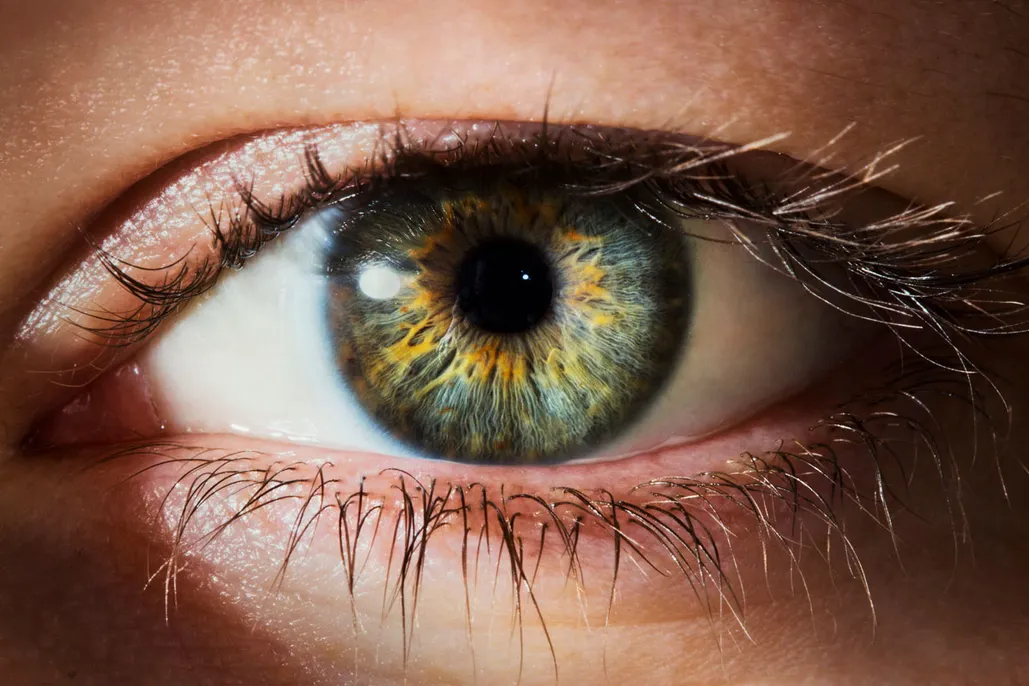innovuscollege.com – The human eye is an incredibly complex and fascinating organ. It allows us to perceive the world around us, from the bright blue sky to the colors of a sunset. Here are some amazing facts about eyes that will deepen your appreciation for this remarkable part of the body.
1. The Eye Can See Millions of Colors
The human eye can distinguish approximately 10 million different colors, thanks to specialized cells in the retina known as cones. These cones detect different wavelengths of light, allowing us to perceive a vast spectrum of hues. Some people even have superhuman color vision, such as those with tetrachromacy, where they can see up to 100 million colors!
2. Eyes Are Incredibly Sensitive
Despite being so small, eyes are highly sensitive to light. The retina can detect light levels as low as one photon, which is a single particle of light! This sensitivity allows us to see in dim conditions and adjust to light changes quickly, thanks to the unique combination of rods and cones in the retina.
3. Our Eyes Can Blink Rapidly
On average, we blink around 15-20 times per minute, which adds up to more than 28,000 times a day! Blinking serves several functions, such as keeping the eyes lubricated and protecting them from debris. Interestingly, we tend to blink more often when we’re concentrating or focusing on a task.
4. The Eye Is an “Automatic Camera”
Like a camera, the human eye has a lens, a retina, and a light-sensitive surface. However, unlike a camera, the eye’s lens can automatically adjust its focus (a process called accommodation), allowing us to focus on objects at varying distances without needing to adjust a setting.
5. Each Eye Is Unique
Just like fingerprints, each human eye is unique. The patterns in the iris (the colored part of the eye) are one-of-a-kind and can be used for biometric identification. This is why iris scanning has become a common method for security and identification purposes.
6. Your Eyes Are a Window to Your Health
Your eyes can provide a lot of insight into your overall health. For example, certain eye conditions, such as changes in the retina or optic nerve, can indicate the presence of systemic conditions like diabetes, high blood pressure, or even brain tumors. Eye exams are a critical part of preventative health care.
7. Eyes Can Process Visual Information in 13 Milliseconds
The human brain can process visual information incredibly quickly. In fact, the brain can process an image seen by the eye in just 13 milliseconds, making the visual system one of the fastest information processors in the body.
8. Eye Color is Genetic
Your eye color is determined by the amount of melanin, the pigment responsible for color, in the iris. People with lighter eye colors like blue or green have less melanin, while brown-eyed individuals have more. Eye color is a complex trait controlled by multiple genes, with brown being the most common color worldwide.
9. The Pupil Can Adjust Size
The pupil, the black circular part of the eye, can expand or contract depending on the lighting conditions or emotional state. In low light, the pupil dilates to allow more light to enter, while in bright light, it contracts to prevent damage to the retina. Interestingly, the pupil also dilates when we’re attracted to someone, a subconscious response tied to emotion.
10. Eye Movement is Precise
The eye can move incredibly precisely, even when tracking fast-moving objects. It is capable of moving at speeds of up to 900 degrees per second. This precision allows us to track moving objects without losing sight of them, an important skill for activities like reading or sports.
The human eye remains one of the most sophisticated and fascinating organs in the body. With its incredible sensitivity, speed, and adaptability, it’s no wonder that scientists and doctors continue to study and marvel at the capabilities of our vision. Whether it’s the vast range of colors we can see, or the ability of our pupils to respond to light, the eye is truly an amazing part of our anatomy!





